 [By Rabbi Yair Hoffman for the Five Towns Jewish Times]
[By Rabbi Yair Hoffman for the Five Towns Jewish Times]
This column is dedicated to Larry and Esta Gordon of the Five Towns Jewish Times whose support of the propagation of Torah has enabled tens of thousands of readers to learn and discover the beauties of Torah. May Hashem allow them to continue being mezakeh es harabim and may they enjoy arichas yomim and nachas mikol maaseh yadeihem.
They appear before Pesach and they are everywhere. They are the U-Haul trucks that carry off the Shaimos. And they are not cheap, charging anywhere from $25 to $40 per bag.
They appear about this time because everyone is busy cleaning for Pesach Plus. Pesach Plus is the annual Pesach cleaning that we must do according to Halacha, as well as the spring cleaning that we just do because, well, we do. There are two important halachic questions, however, that we should keep in mind. They are the issue of “Low-Tech Seforim” and the issue of reliability. One should, of course, consult with one’s own Rav or Posaik rather than rely on what is written here, but at least the underlying halachic issues should be discussed.
LOW-TECH SEFORIM
As many people are aware, the computer/digital revolution has revolutionized the world of Seforim. New High – Tech Seforim have taken over. Every Gemorah, Rishon, Acharon, Chumash and Navi are now available in a beautiful high tech version. While all this is very good, it creates a lack of demand for the older lower tech edition of the Sefer – to the point where no one learns from them anymore.
During the Pesach season, many people take many of these Seforim and put them in Shaimos. Is this permitted?
ANSWER
The question regarding Gemorahs in a shul that are no longer used, was, in fact, posed to Rav Elyashiv zatzal, and his response can be found Mishnas HaIsh, an edition of uestions and answers that were transcribed from recordings. In Siman #151 (page 139) Rav Elyashiv zt”l responds as follows: [Please note the following is an unauthorized translation]
Rav Elyashiv: Is it still possible to learn from it? Is it ripped?
Questioner: No, they are quite good.
Rav Elyashiv: It is certainly forbidden. This is a bizayon to the sefer where it can still be studied from. If it is ripped, then it is naicha.. But not a holy sefer that was singled out to learn from. If the people do not learn from it, does their holiness [of the seforim] go away? The book can be learned from. Also we can assume that they also dedicated them to be learned from. They put a Sefer that was donated and place it in Genizah? A book that can be learned from, it is mamash forbidden, this is called a Bizayon of the Sefer.
The issue is based upon the Gemorah in Megillah 26b and is codified in Shulchan Aruch (OC 154:5 and YD 282:10). Although those cases refer to a Sefer Torah, the Mogain Avrohom (OC 154:9) cited by the Mishna Brurah (154:24) extends it to Seforim as well. In the notes that were added by Rav Yitzchok Zilberstein Shlita, he references the responsum of the Chelkas Yaakov (OC #40) who writes the same thing.
Of course one should consult one’s own Rav or Posaik regarding all of these matters.
SO WHAT TO DO?
So what should be done with the Seforim that one wishes to remove from the house?
There are actually a few used Seforim stores that will either purchase these seforim or take them from you for free. Of course, they will pay a token amount, but the point is that it will save someone from the prohibition of Bizayon of the Sefer. There is at least one such store located in Boro Park and there is also one located on Route Nine in Lakewood, a few miles before the new Gourmet Glatt.
Alternatively, one can do what the Chok Yaakov suggests which is to store them away in another area.
BUT CAN THE U-HAUL OPERATORS BE TRUSTED WITH THE OTHER SHAIMOS?
Another question arises as to whether or not the people with the U-Haul trucks can be trusted or not to bury the Shaimos properly.
True. There is a concept in halacha known as, “Aid echad ne’eman b’issurin – one witness is sufficient in matters of prohibition. However, many achronim qualify this Talmudic concept in modern times where there is big business and money associated with it.
Regarding this matter, there is a fundamental debate between the author of the Shulchan Aruch and the Ramah as to the parameters of where we apply the concept of “one witness is sufficient.”
The Chochmas Adam (71:2) and the Dagul Mirvava are both quite stringent on the matter and rule like the Ramah. The issue was initially a debate between the Shach and the TaZ in Yoreh Deah (119), where the Taz writes, “ub’prat sh’anu ro-im kilkul hadoros..” The Shach rules that we just need to know that he is not known to be suspect. The TaZ rules that we need to know that he is muchzak b’kashrus. The Takanas Vaad Arba Aratzos thus required some further supervisions (see also the Darchei Teshuvah who cites a number of sources to this effect as well). The Kashrus scandals in our generations point to this need as well.
There have been cases, many of them, unfortunately, where the Shaimos that has been collected has been unceremoniously dumped rachmana litlan in garbage dumps and not properly buried.
The nature of Bizayon HaSefer is actually a debate among the Acharonim. The Pri Magadim (in his Mishbetzes HaZahav 153:1) writes that disgracing a Sefer Torah is actually a full Torah prohibition. The Daas Kedoshim (YD 282) argues holds that it is a Rabbinic violation – not a Biblical one. The Pri Magadim, however, does not identify which Torah prohibition is being violated. This author would like to suggest that it is either “lo saasum kain lashem elokecha” or “ki dvar Hashem baza.”
It seems that the Shaimos truck people should, in fact, have a reliable Rav or hechsher backing them up to ensure that the books do not come to a Bizayon.
The Nesivos Shalom explains that Chometz is compared to the Yetzer HaRah. Just as we check for chometz in the Chorim usedakim – in the holes and cracks – we must do so regarding the Yetzer HaRah as well. The Yetzer HaRah constantly tries to take us away from Hashem and our observance of His Mitzvos. Let us not allow our cleaning for Pesach Plus cause us to fail in how we treat our Seforim.
The author can be reached at [email protected]

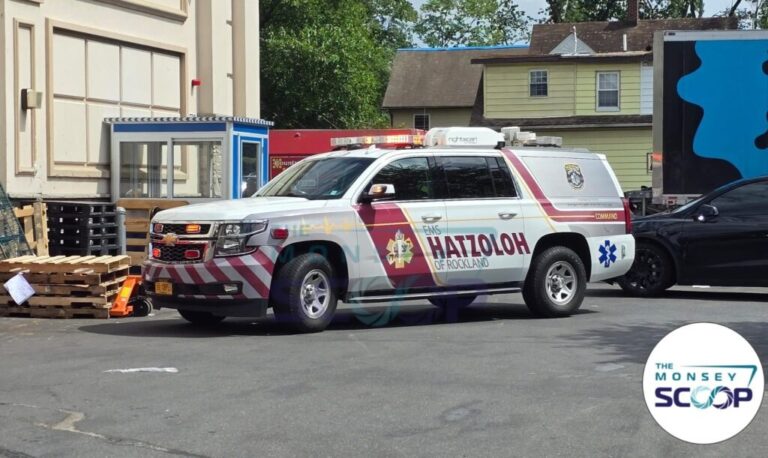

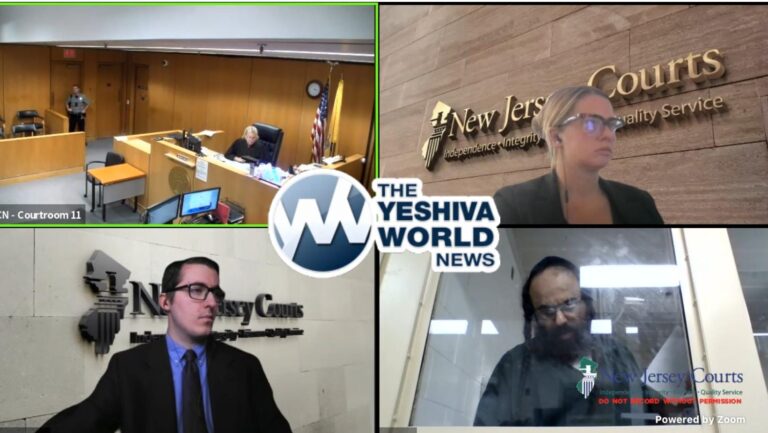

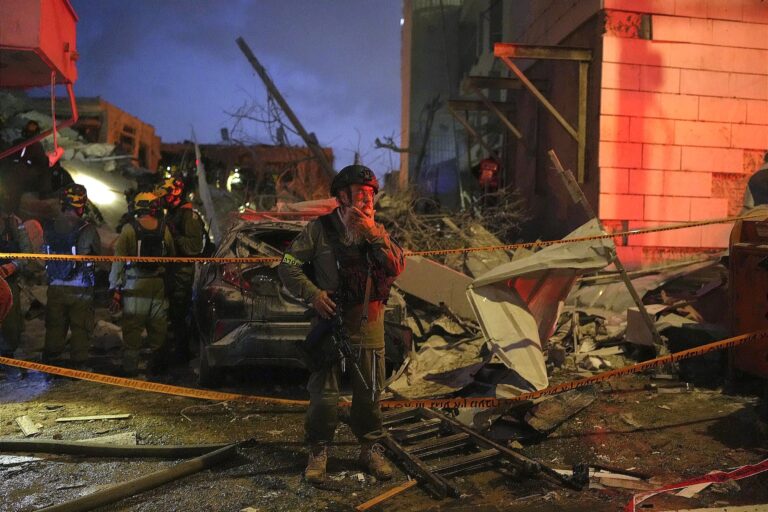
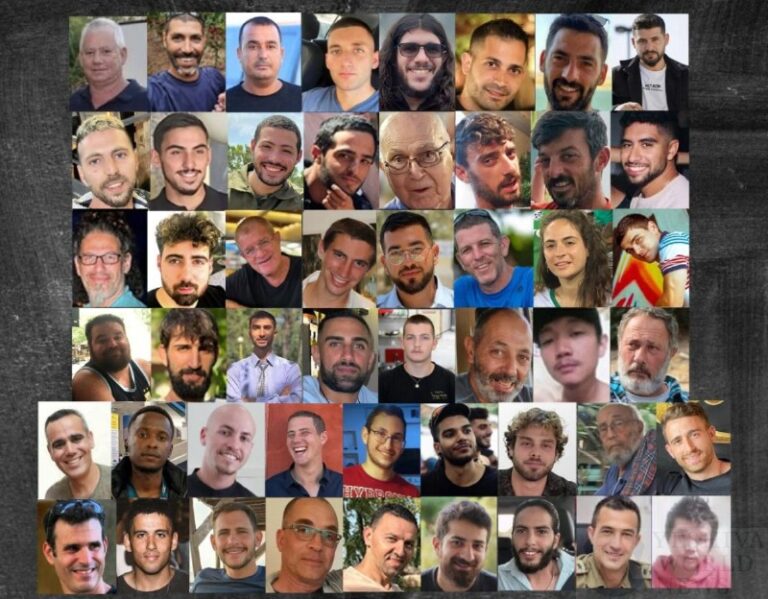

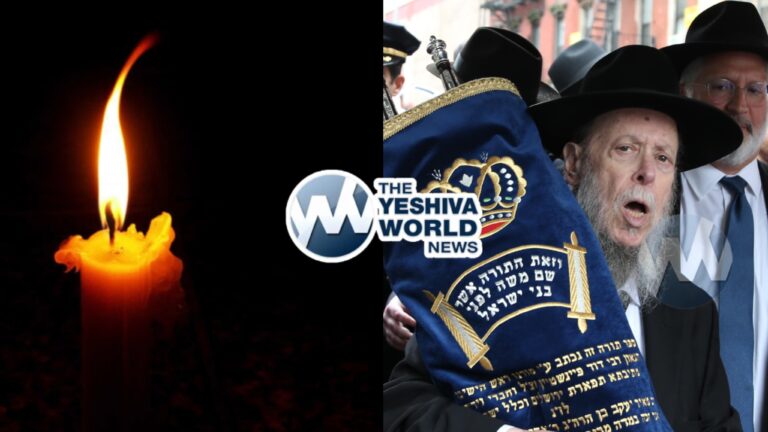

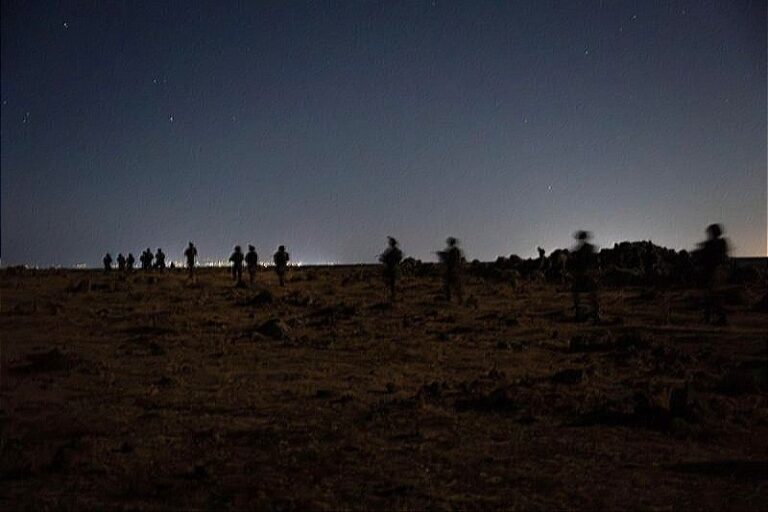
3 Responses
This is an interesting and enlightening piece. I certainly defer to the author as being much more learned in halacha than I am.
That said, the truck pictured is not a U-Haul and most of the cargo vans engaged in this enterprise are not either.
U-Haul is a registered trademark belonging to one company. It is not a generic term for any rental, drive it yourself truck, van or trailer. Companies such as U-Haul spend great amounts of money each year to promote their brands and protect their trademarks. We should be careful not to abuse those rights.
Rav Hoffman
I believe in these cases you can argue that they have a chazakah of being ganovim. The trucks stay parked in metered zones for a month. Collecting ticket after ticket that for sure doesn’t get paid.
In addition the lack of erlichkeit in taking up precious parking spots in front of heimisha stores (especially during the busy pre yom Tov time) all speaks to the untrustworthiness of the individual.
I’m a bit surprised to read that synagogues would consider removing seforim merely because the “hi tech” versions get so much more use.
Firstly, “hi tech” items aren’t useful on Shabbos and Yom Tov when many Yidden spend more time in the shul beis medrash for their own learning or to learn with their kids.
Secondly, these seforim were donated to the shul, probably by current members. Tossing valuable things like shas that a family donated in memory of a loved one is a pretty serious offence to many people and can adversely affect future donations.
Of course, if a shul had to relocate to smaller quarters due to dwindling membership/revenue, they may no longer have the room they once had to store their library.